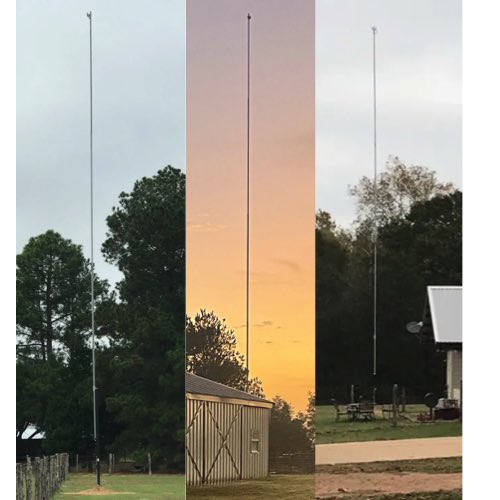Self-Supporting Poles

Self-supporting poles, distinct from the larger self-supporting towers, are engineered to stand independently without the need for guy wires or additional support structures. These poles are versatile and widely used across various applications including lighting, surveillance cameras, small wireless communication devices, and signage. Designed to be both functional and aesthetically pleasing, self-supporting poles are commonly found in urban environments, parking lots, along roadways, and in parks.
Crafted from materials such as steel, aluminum, or reinforced composite materials, these poles are built to endure environmental challenges like wind, rain, and the weight of mounted equipment. The strength and stability of a self-supporting pole are inherent in its design, which typically involves a tapered shape that becomes narrower towards the top. This design efficiently distributes the weight of the pole and any attached equipment, ensuring stability even in adverse weather conditions.
Beacon Pole self-supporting tilt-over poles are engineered for easy maintenance and installation, featuring a design that allows them to be safely tilted to ground level for equipment installation or servicing, making them ideal for applications where regular access to mounted devices is required.
Grounding Series Part 12 Tower Grounding
It is important to ensure that when grounding any type of tower structure, the grounding electrode conductors be sized properly so that they can handle any potential load that the tower may encounter.
If the tower is constructed of any type of metallic material, it is required by the National Electric Code (NEC) that the tower be incorporated into the grounding electrode system and be bonded to any auxiliary or supplementary grounding infrastructure. This bonding would need to occur, so that the tower’s grounding electrode conductors tie into the main sight ground or directly into Earth ground, depending on the situation.
When installing the grounding conductors for any type of tower, it is important to ensure that the conductor be run as straight as possible, avoiding any bending in the material.
This can help reduce the amount of impedance in the conductor. If bending is necessary in the grounding electro conductor, a minimum bend radius of at least eight inches should always be maintained. It is also recommended that any conductors that are being used are multi stranded, individually tinned, copper conductors.
Wherever possible these grounding conductors should be installed in one continuous length in order to reduce the overall impedance of that conductor.
Splices should be avoided whenever possible.
If joints or splicing are necessary, special welding techniques should be used in order to properly fuse the two different conductors together. It is always recommended that where the grounding electro conductor meets the metallic tower structure, the same special welding technique should be used. This welding technique is referred to as exothermic welding.
The best system to use for grounding a tower is to install a ground ring.
A ground ring is a system of conductive grounding materials that encircle the tower. It is important that the main grounding conductor be no smaller than two gauge, bare copper wire and that this conductor is at least two and a half feet below the soil surface and have direct soil contact. Grounding rods and plates should also be used with the grounding ring and should be bonded every ten to fifteen feet, depending on the situation. A minimum of one grounding electrode conductor should be connected back to the tower itself.

